The difference in the role played by modern goalkeepers in Gaelic football and that acted out by their predecessors can be summed up by taking a look at what they're wearing on their feet.
These days the number one wears the same boots as everyone else on the field, which is a far cry from the greats of the past.
John O’Leary was regarded as the finest goalkeeper of his generation, if not all-time, when he retired from inter-county action in 1997. He spent most of his Dublin days standing in a pair of ankle-high, steel-toecap rugby boots.
"They turned him around and made a goalkeeper of him because he was such an accurate kicker"
Tyrone’s Finbar McConnell chose similar footwear and it inspired a young Gary Connaghton to pay a visit to his local sports shop in Athlone.
"I used wear the steel toecap rugby boot like John O’Leary and Finbar McConnell because it meant you could kick the ball 20 yards further," explained the 2004 All Star, speaking to RTÉ Sport.
"When you were in Croke Park and the adrenaline was pumping in a big game it could add 30 yards to your kick. But then in 2005 when they brought in the kicking tee I had to change to a pair of Puma Kings, similar boots to everyone else."
It was ’05 when the evolution in goalkeeping really started to accelerate. The GAA changed the rules to introduce a kicking tee for restarts with the idea to take the pressure off keepers’ bodies.
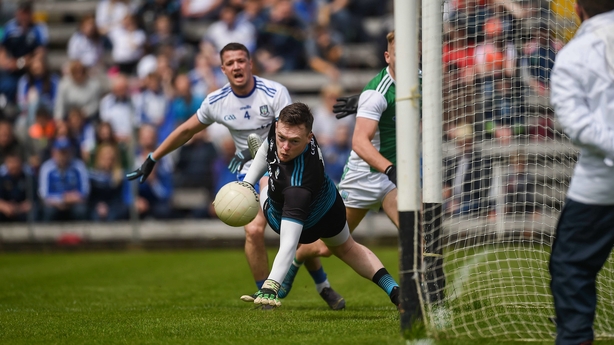
Groin strains in particular were becoming more common among net-minders kicking the ball off the ground. Going off the tee made a huge difference and many keepers credited the new rule with prolonging their playing days.
The unintended consequence was, primarily, increased distance on the kick-out, but also greater accuracy. It was the second of these that the clever and innovate keepers and coaches chose to exploit.
"When we won Leinster in 2004 (manager) Paidí Ó Sé would always have been telling me to get it long – it was all about reaching the opposition half-back line," said former Westmeath net-minder Connaughton.
"It was all about distance; get the ball into their half-backs and we’d pressure them there with players swarming around it.
"Accuracy is the thing now. Goalies have to be pin-point accurate. Teams have game plans for their own kick-outs and for the opposition’s kick-outs.
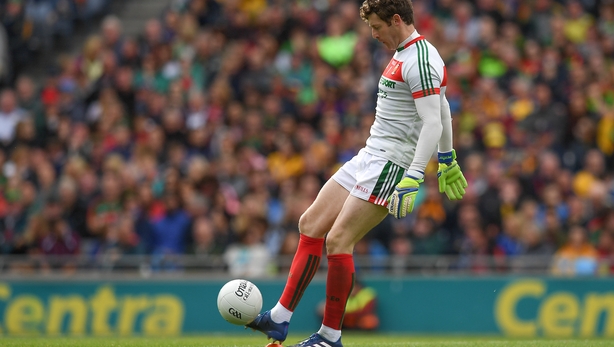
"And it’s not just about the goalkeeper and his two midfielders, it’s the whole team. Watch Stephen Cluxton – there might be half a dozen Dublin lads making runs so that one Dublin lad can get free."
Cluxton has been credited with changing the game. On these pages it has been argued that he is the single most influential player in the history of Gaelic football.
The defensive styles from the early years of this millennium, piloted by Armagh and then Tyrone, were refined by Dublin and Donegal at the start of this decade.
This made retention of possession from restarts the key and Cluxton led the way. His kick-outs evolved over the years from traditional, down the middle to his centre-fielders, to what we see today.

Along the way the process has taken him through hitting Shane Ryan making running into the wing-back position, making match-winning plays with wing-forward Paul Flynn and in 2016 hitting almost 25% of his kick-outs to his corner-backs.
Following the 2009 All-Ireland quarter-final embarrassment by Kerry, a joint-record 17-point defeat, Dublin boss Pat Gilroy went ultra-defensive.
In the following year’s quarter-final his team gifted Tyrone possession from literally every one of their own kick-outs, the Dubs dropping off and then pushing up in an attempt to turn the ball over near to the Tyrone goal.
It worked and resulted in a five point win for the Boys in Blue. This was the start of a new era and it became clear that teams needed a selection of kick-out strategies that are available for use across all possible scenarios.
The GAA have moved repeatedly in recent years to try to restrict the influence of goalkeepers, introducing the midfield mark, trialing rules requiring kick-outs to cross the 45-metre line and even discussing a ban on passing the ball to the keeper.
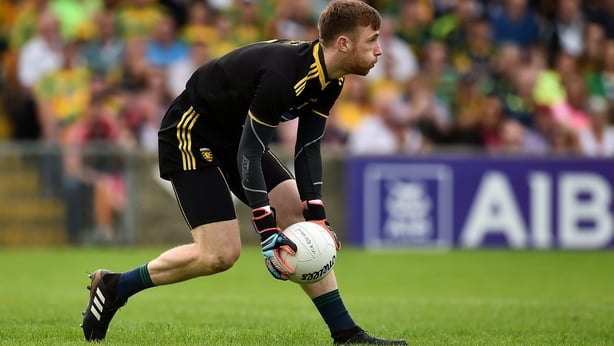
"It’s all video analysis now," explained Connaughton. "Teams know exactly what to except from opposition now so they’re making decisions on whether to push up or let them have it.
"Goalkeepers are like celebrities now because everyone is talking about them and analysing their game."
And it’s starting young too, as Connaughton says: "I was brought in with the Westmeath development squads to work with the goalkeepers. We work on shot-stopping, footwork, handling; all the basic elements.
"And we do a lot of work on kicking too. I’d only be with the goalkeepers, not the whole panel, so I’d have them stand 12 or 15 yards from the goal and have them kick it off the tee trying to hit the crossbar.
"Once we have that we’d move to the 21. It’s about developing accuracy and that low trajectory about head-height."
Connaughton uses the example of Cavan keeper Raymond Galligan to show how much the goalkeeping role has changed.
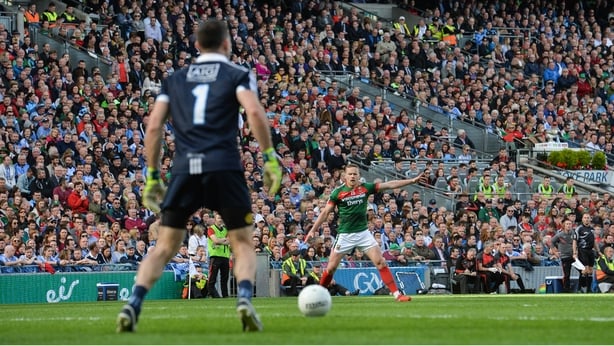
The pair played together in the Sigerson Cup for Athlone IT. The Westmeath man was in goals and the Cavan man was a free-taking corner-forward. "They turned him around and made a goalkeeper of him because he was such an accurate kicker."
Shot-stopping is now the third most important thing on the list of qualities that a manager is looking for in a goalkeeper. It comes behind ability under a dropping ball at number two and, most importantly, kicking.
Getting it away quickly, before the opposition has had a chance to reset, is another key attribute, the best now taking as little as six seconds to restart the game.
Those celebrities keepers that Connaughton referred to include Cluxton, Galligan, Niall Morgan, current All Star Rory Beggan and Donegal’s Shaun Patton.
Patton has been one of the stars for the Ulster champions this year and he was recruited by manager Declan Bonner when he took over in late 2017 despite having played just a handful of Gaelic football matches.
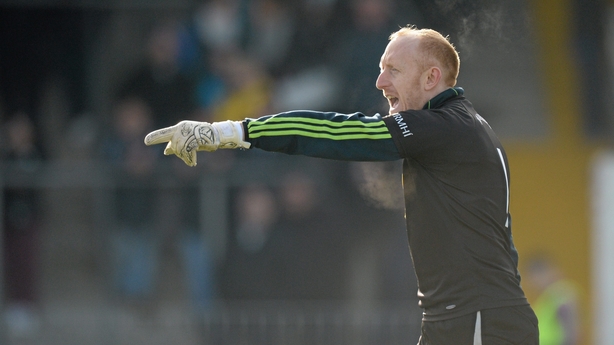
He had a soccer background like Connaughton, who won Ireland underage caps, and was recruited specifically because his skill-set is uniquely suited to the modern game.
Possession retention is the key now for the modern goalkeeper – no one kicks it into a contest anymore unless there’s no other choice. This puts huge pressure on goalkeepers, whose every move is scrutinised – mental resolve is a must.
"I remember in 2009 we got an awful hiding off Dublin," recalled Connaughton. "I was going left, right, middle, short, long and we weren’t winning any of them.
"At one stage I went short and he was swallowed up by two men, turned over and Bernard Brogan stuck it in the back of the net. A while later another lad came short and this time I saw the two Dublin lads getting ready to attack him so I just went long and we lost it so then he was roaring at me for not hitting him.
"It gets very frustrating then, mentally it’s very tough and your confidence suffers. All you can do in a game like that is kick it long and hope your team mates win it."
It’s been said so often that it’s a cliché, but clichés are often true – goalkeepers are now Gaelic football’s quarter-backs. They can dictate the tempo and direction of matches from the back and the best of them have even changed the game itself.


